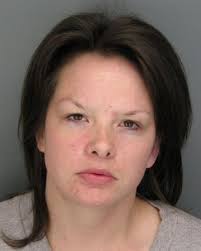Further research

To help my script out, a well as the other research I had done, I decided to also look at several 'Female Killer' documentaries related to killings over an affair as it would help me write the character of Alice in a better way. I noticed a pattern that while these friends or wives were, in the beginning, very faithful and loving, all it took was for a terrible event to happen and they become a cold-blooded killer. An example are the two below: (Taken directly from the Youtube videos) S tephanie Erends : https://www.youtube.com/watch?v=v1_sgqmxP5A Stephanie is convinced her childhood friend Alicia Ernet stole her boyfriend, and after Alicia makes cruel jokes about Stephanie, She slits Alicia's throat with a wallpaper scraper. Rita Gluzaman: https://www.youtube.com/watch?v=PDin69zv-gk After becoming an activist in order to free her husband Yakov (a celebrated microbiologist) but after two decades of living in the US their marriage deteriorates...




